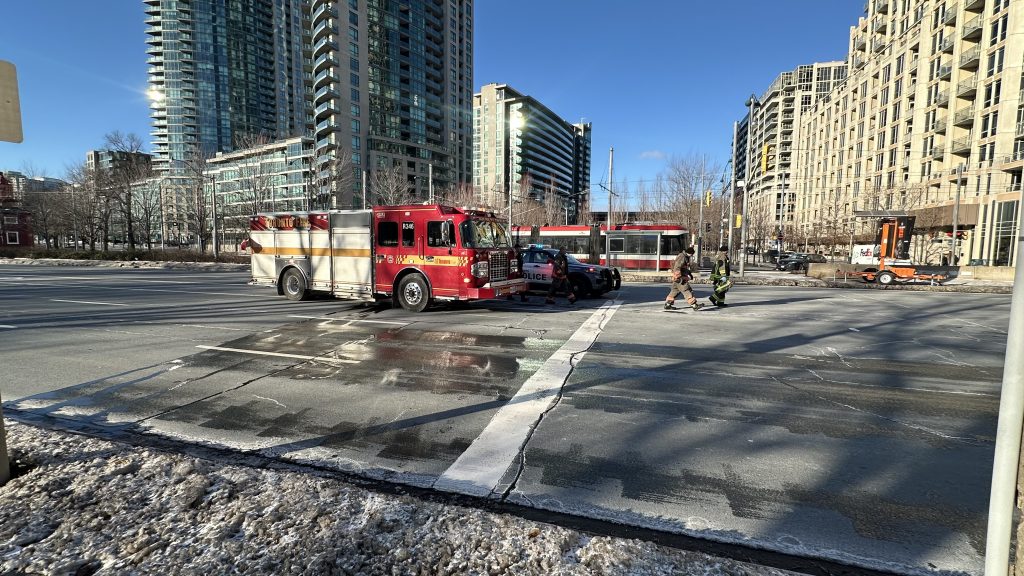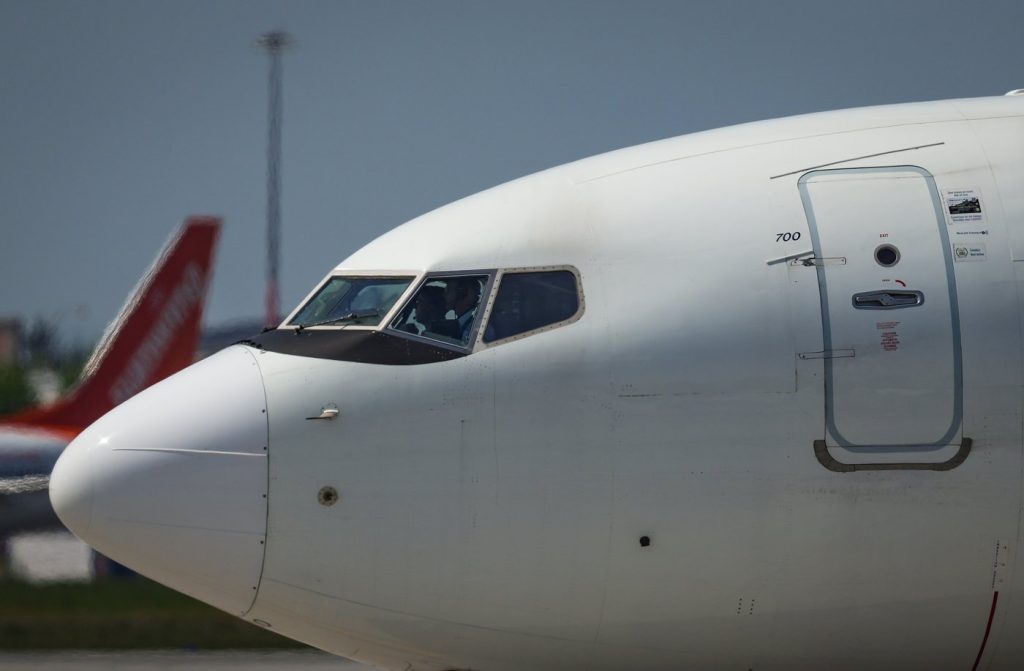Process of repaving GTA highways ‘complex’ and can take months: expert

Posted October 4, 2022 8:31 am.
Last Updated October 4, 2022 1:41 pm.
Frequent travellers of GTA highways have likely come across sections of road that are being resurfaced. It’s a process that sees work crews remove the top layer of asphalt to expose the concrete base below before applying a new layer.
In some cases though, motorists can find themselves driving over rough stretches of exposed concrete for weeks or even months before the new layer is applied.
In more than one instance over the past two years, delays in this process have caused the concrete base, which is not designed to handle extended durations of highway traffic, to begin to crumble away.
It happened on Highway 404 southbound south of Highway 407 on at least two occasions in 2021, and on Highway 401 westbound in the express lanes near Brimley Road on multiple occasions this year as well.
Resurfacing work typically takes place during the overnight hours, but when concrete has crumbled, road crews are forced to block lanes during busy travel times, including rush hour, to pave small sections on an emergency basis.
CityNews went to Ontario’s Ministry of Transportation (MTO) looking for answers as to why the process takes so long, and why such a gap exists in between removing the overlaying asphalt and applying a new layer.
But, when asked specifically about paving work that is being done in the express lanes on Highway 401 westbound through Brimley Road in Scarborough, MTO spokesperson Aruna Aundhia would only describe the process as “complex.”
“Highway 401 pavement structure is composite with asphalt over concrete base,” Aundhia said in an email to CityNews.
“This type of pavement rehabilitation work is complex and requires traffic to travel over exposed concrete surface for an extended period of time in order to complete the overall project correctly and safely.”
When pressed for more information on the complexities involved in the specific project to resurface lanes on Highway 401 in Scarborough, CityNews received no response from the MTO despite multiple requests.
CityNews also reached out to construction firm GHD Limited, which is involved in widening and paving the westbound 401 express lanes at Brimley Road, to ask about the process, but was directed back to the Ministry.

Widening and resurfacing work being done on the eastbound Highway 401 express lanes near Keele Street on Oct. 3, 2022. CITYNEWS/Kyle Hocking
To get more information on the process of paving in general, CityNews spoke to Doubra Ambaiowei of the Ontario Road Builders Association (ORBA) and the Ontario Pavement Asphalt Council (APC). Ambaiowei has a Ph.D. in Civil Engineering and is an expert on materials and pavement. He agreed that the resurfacing process is complex and says there are many reasons why it can take long periods to complete.
“If it’s a function of distress, meaning that distress that was noted was only confined to say maybe the top layer of the asphalt, in that situation you could easily mill overnight and resurface overnight,” Ambaiowei said when reached by phone.
“But, if you have to mill full depth because the cracking penetrates into other layers of that pavement, then the base layers or the sub-base layers will need to be reworked. If wet or soft spots are encountered in say, localized sections, they will need to be properly recompacted.”
Ambaiowei said the performance of the underlying concrete can only be determined once the top layer comes off, the surface is assessed and samples of the base layer are taken, and lab testing is completed.
“So, it could take weeks, it could take months. There are so many factors that could impact on how long a particular rehab or construction procedure takes,” Ambaiowei told CityNews.
Ambaiowei was not able to speak to the complexities involved in paving projects on Highway 401 westbound near Brimley, or on Highway 404 southbound south of Highway 407 specifically, but added that a detailed plan must be in place before the resurfacing process begins.
“Prior to actually going in to remove that asphalt, there’s actually a strategy in place. And if it’s a case of the strategy not being followed which is resulting in the delay in finishing the job, that’s a completely different question” Ambaiowei said.
“I’m not armed with the details or the specifics of what’s really going on.”
Meanwhile, the MTO is continuing to work on a long list of resurfacing projects across the GTA. Repaving work on Highway 404 southbound south of Highway 407 was completed in 2021. But widening and paving work on Highway 401 westbound in Scarborough is not anticipated to finish until 2024.








